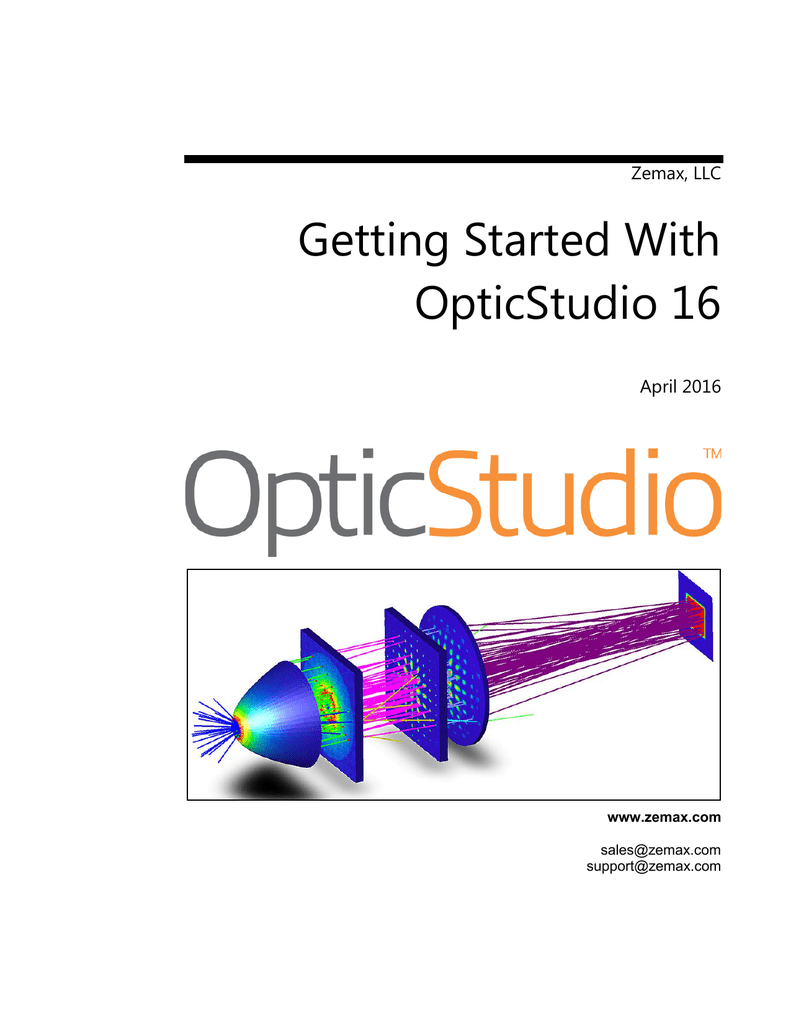

At the same time, OpticsBuilder 20.3 delivers new editable optics capabilities and support for mirrors and compound lenses.
#ZEMAX FILE VIEWER UPDATE#
OpticStudio 20.3 now provides the most significant update to the core optimization algorithm in the last decade, plus new CAD libraries and new API enhancements. Throughout the year, OpticStudio delivered significant advances to streamline the design for manufacturability workflow and improve freeform design.

Once you get a hang of these, they are a great way to box in a certain region on your detector to look for artifacts and stray light, or just to find out where a certain light shape is coming from.KIRKLAND, WASHINGTON-Zemax announced the latest release of their flagship software, OpticStudio®, and OpticsBuilder™ for Creo and SOLIDWORKS. Filter strings X_XLT, X_XGT, X_YLT and X_YGT. What it can also do is quickly remove a pickup or other solve from a parameter, just do it twice and you will remove whatever setting you had.ħ. But no, it actually sets a parameter to be variable. Most users already know this one since you probably thought it would “undo”.

Make sure you have added the necessary glass catalogs though!Ħ. You can set cost and environmental limits on what your glass or plastic material needs. Substitute glass – Use the solve “substitute” for the material and let the glass substitution template guide you. Very useful if you want to part up your design and first optimize for an intermediate image.ĥ. IMSF – This handy merit function command lets you optimize for a different surface than the image surface. Better to put in a standard detector in that case.Ĥ. Each facet in the object will become a pixel, so if you have a flat object it won’t give you much info. There is no way to view it on a detector viewer though, you will need to look at the text file (go to the text tab in your viewer, then change the detector) or use “show results from last analysis” in your NSC shaded model. Object is a detector: Mark this checkbox (in object properties) when you want your aperture, CAD-object or any other object to show hits in non-sequential mode. Ctrl-insert to insert row: This quick command lets you insert a row below the current one in one of the editors, which is what you usually want when adding rows.ģ. If you write -10, you will end up with only ‑10 in your editor.Ģ. Remember: For subtraction, use +-10 to withdraw 10 from a value. Use +, -, / and * when changing values in the lens editor – Applies mostly to non-sequential analysis where this in many cases lets you skip picking up your calculator, and avoids those unnecessary mistakes when counting in your head.

Here are my top 10 Zemax tips and tricks, some new and some old. The course covered broad areas and gave all of us a well-needed update on what has been developed in the past years. We recently had Alissa Wilcynski from Zemax give us a three-day course at our site in Stockholm. But although we know the optics necessary to make optimal optical designs, knowing a software’s hidden shortcuts is not always the same. At Eclipse we use Zemax a lot, everyday actually.


 0 kommentar(er)
0 kommentar(er)
